People tend to look past the things that don’t cause immediate harm. We’re guilty of it ourselves but more and more, people are making long-term changes for the better as they see the direction this world is going in.
Natural ingredients are becoming more popular and although everything is a chemical, some are just harmless. The same thing goes for kitchen appliances and cleaning. Here we’ll see how you can make a change for the better by presenting some natural rinse aid recipes.
IN THIS ARTICLE:
What Is Rinse Aid?
Also called a rinse agent, reduces the surface tension of water. In simple terms, it makes the water sit flat on the dishes instead of appearing in spot form which causes water stains, especially on stainless steel cookware and glassware. What also helps reduce those stains is using a dishwasher that handles hard water well.
Liquid Form – Most commonly used. Directly added to the rinse aid compartment if your dishwasher has one.
Tablets – If you’re buying tablets to wash dishes in the dishwasher, these tablets likely contain rinse aid as well as dishwashing detergent. You place them in the detergent compartment.
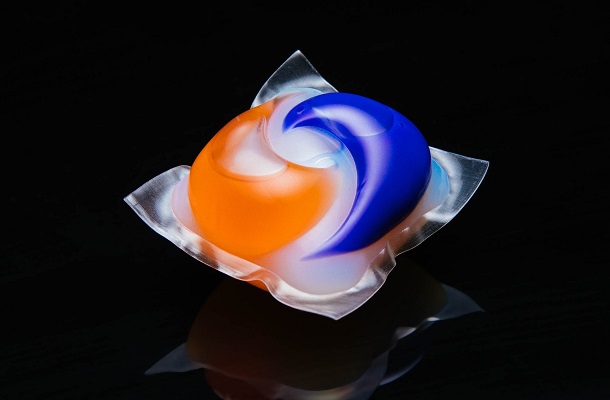

Is Chemical Rinse Aid Bad For You?
For rinse aid to work, it doesn’t get rinsed off of your dishes fully which means that the leftover rinse aid will end up in your food and drinks. Although it’s not a problem if it happens once, prolonged exposure to some of these chemicals can be dangerous, especially with sensitive groups of people and people more at risk.
Toxic Ingredients List Found In Rinse Aid Detergents
Although the ingredients list isn’t exactly public knowledge, some of the chemicals found in them are known to be toxic for a long time. Here’s a list of some of them:
- Sodium Cumenesulphomat
- Zinc Chloride
- Benezenesulfonic Acid
- Isotrydecil Alchohol
- Tetrasodium EDTA
- Sodium Hydroxide
- Sodium Silicate
Most of these cause eye and respiratory irritation, vomiting, diarrhea, serious burns, eye damage, and various skin conditions. Many are also toxic to animals and aquatic life.
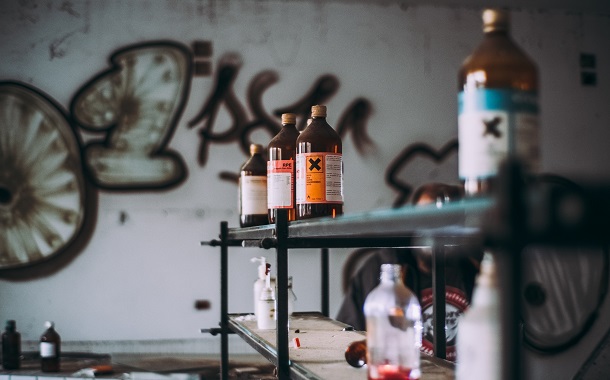

Eco-Friendly Rinse Aid
If you can’t stay away from rinse aid, we suggest turning to eco-friendly options available in the markets. You will still risk exposing yourself to chemicals but they are more environmentally friendly just like eco-friendly dishwashers are.
Are Natural Rinse Aids Efficient?
Most of the ingredients we’ll mention in these recipes do exactly what a regular rinse aid does to reduce the surface tension of water. Maybe not to the same degree but the benefits are endless. Besides, most of these not only make your dishes spotlessly clean but also clean the dishwasher.


A Few Notes On Natural Rinse Aid Benefits
- They also clean your dishwasher
- Don’t leave toxic residue on clean dishes
- They are cheaper than their toxic chemical counterpart
3 Natural Rinse Aid Recipes And Their Cost
Hydrogen Peroxide Rinse Aid
Typically used as a teeth whitener, hair bleacher, and disinfectant, hydrogen peroxide is recognized by the FDA as a safe to use product in small doses, The essential oils present will leave your dishwasher smelling great as well. A cup of hydrogen peroxide costs around $0.22 according to the calculations of the author.
Add 1 cup of hydrogen peroxide into a measuring cup.
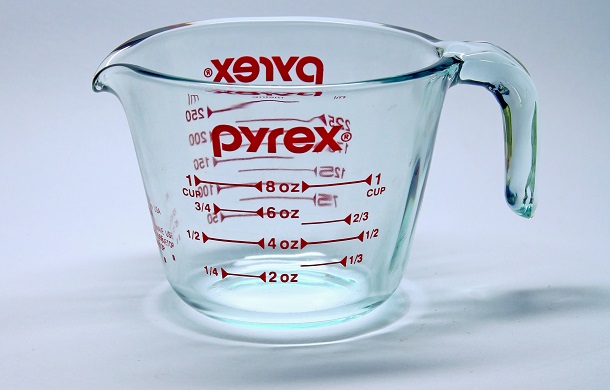


Add the 10-15 drops of essential oil to the mixture.



Pour into your rinse aid compartment. It will last around 30 days
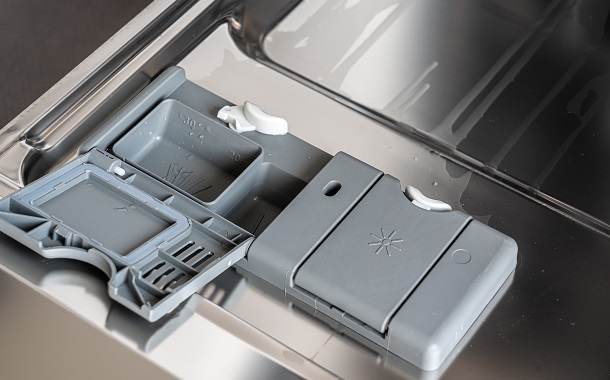


Ingredients
Directions
Add 1 cup of hydrogen peroxide into a measuring cup.



Add the 10-15 drops of essential oil to the mixture.



Pour into your rinse aid compartment. It will last around 30 days



White Wine Vinegar Rinse Aid
Not only does it help keep dishes spotlessly clean but it also helps clean the interior of your dishwasher. 1/2 cup of vinegar if you buy it by the gallon costs around $0.50.
Place the cup on the top rack of your dishwasher.
Fill with 1/2 cup of white wine vinegar.
Run the dishwasher as you would normally.
Ingredients
Directions
Place the cup on the top rack of your dishwasher.
Fill with 1/2 cup of white wine vinegar.
Run the dishwasher as you would normally.
Citric Acid Rinse Aid
Citric acid lowers the Ph levels of bacteria, allowing it to better penetrate dirt particles. It’s slightly stronger than vinegar even though both are acids. A tbsp of citric acid costs around $0.26.
Boil the water.
Mix the citric acid with the boiling water
Pour the mixture into the rinse aid dispenser.
Follow it up by adding the essential oil of your choosing to the compartment.
Ingredients
Directions
Boil the water.
Mix the citric acid with the boiling water
Pour the mixture into the rinse aid dispenser.
Follow it up by adding the essential oil of your choosing to the compartment.
A Few Notes On Safety
If you want to attempt to make your rinse aid using the same ingredients, we suggest watching out for the following
- Never mix any type of acid with hydrogen peroxide
- Oils don’t mix with water, they’re likely to leave gum-like residue in the dispenser
- Don’t use rubbing alcohol as it can damage your dishwasher and besides, it’s flammable
- Use the natural rinse aids only after you’re sure that there’s no store-bought rinse aid left inside
- Citric acid can get clumpy in humid environments. When storing it, bentonite clay can help reduce humidity
To Wrap It Up
Once you know the ingredients most commonly used to make natural rinse aid and what you shouldn’t mix, you can play with them a bit to create your replacement. If you’re still keen on using store-bought chemical rinse aid, opt for an eco-friendly option and you’ll be just fine.



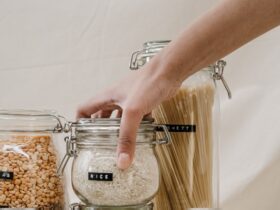
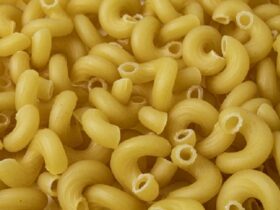
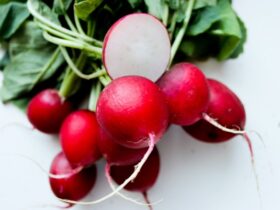

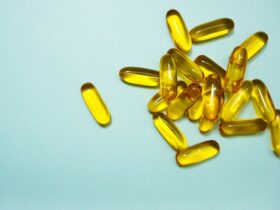
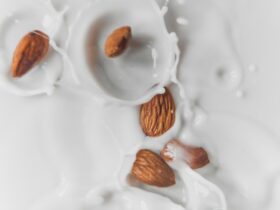







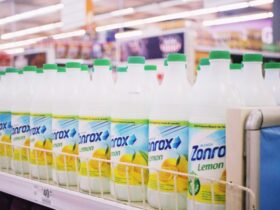
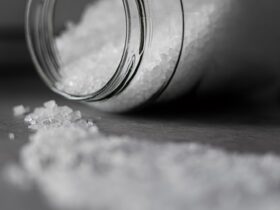
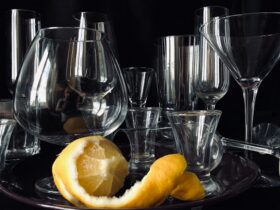
Leave a Reply